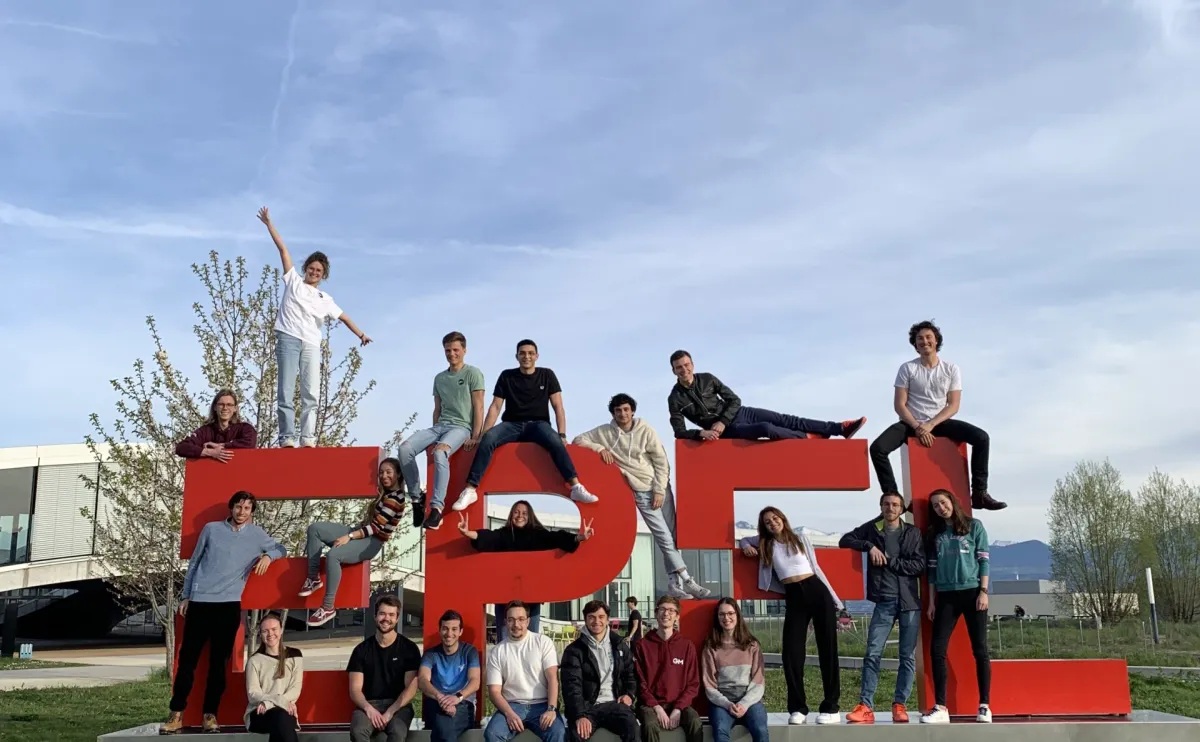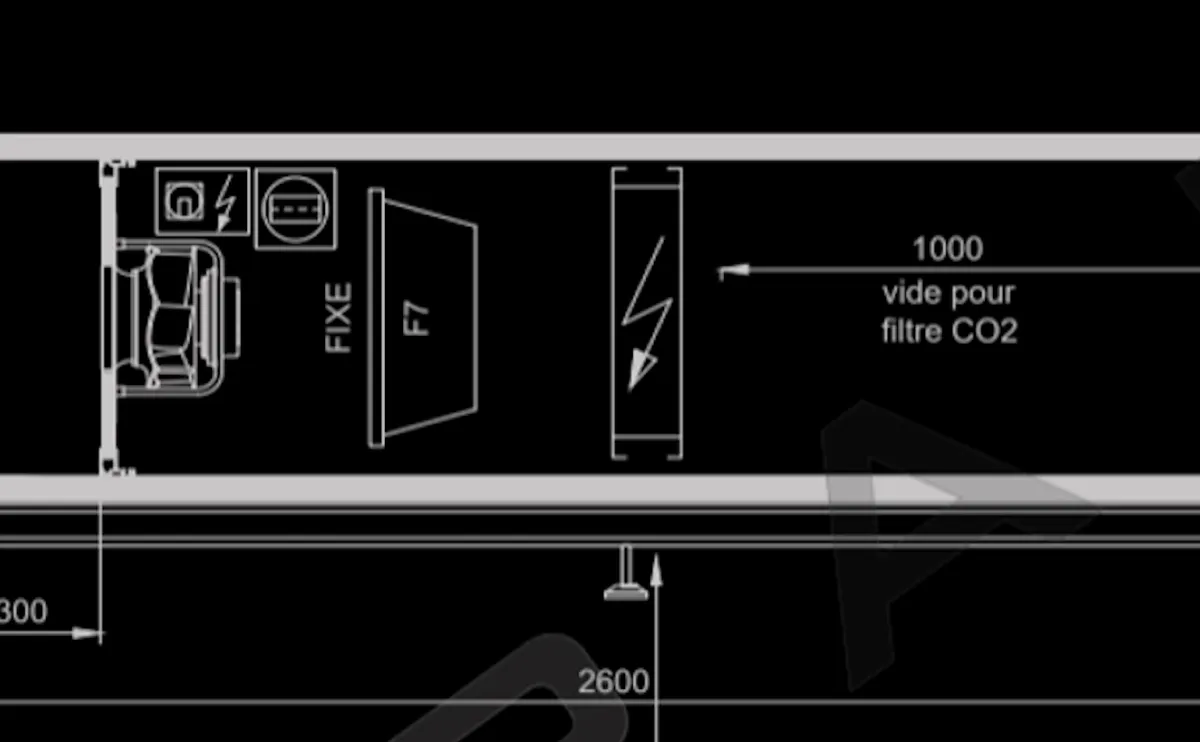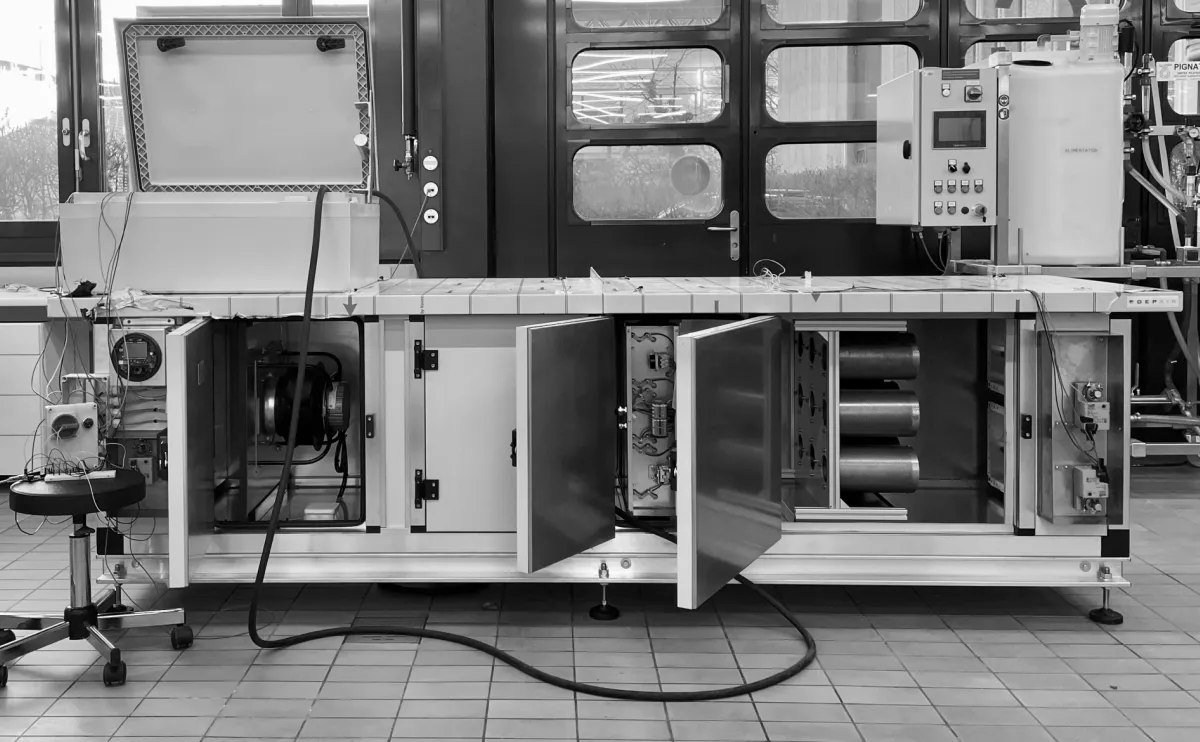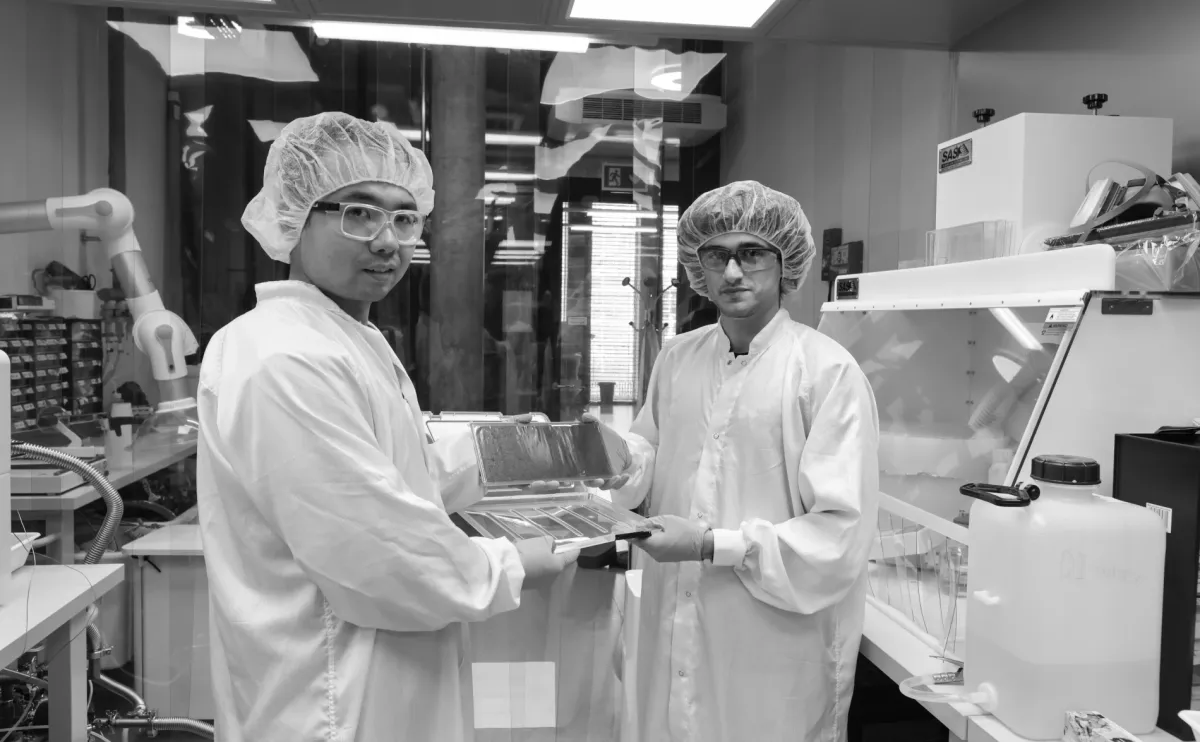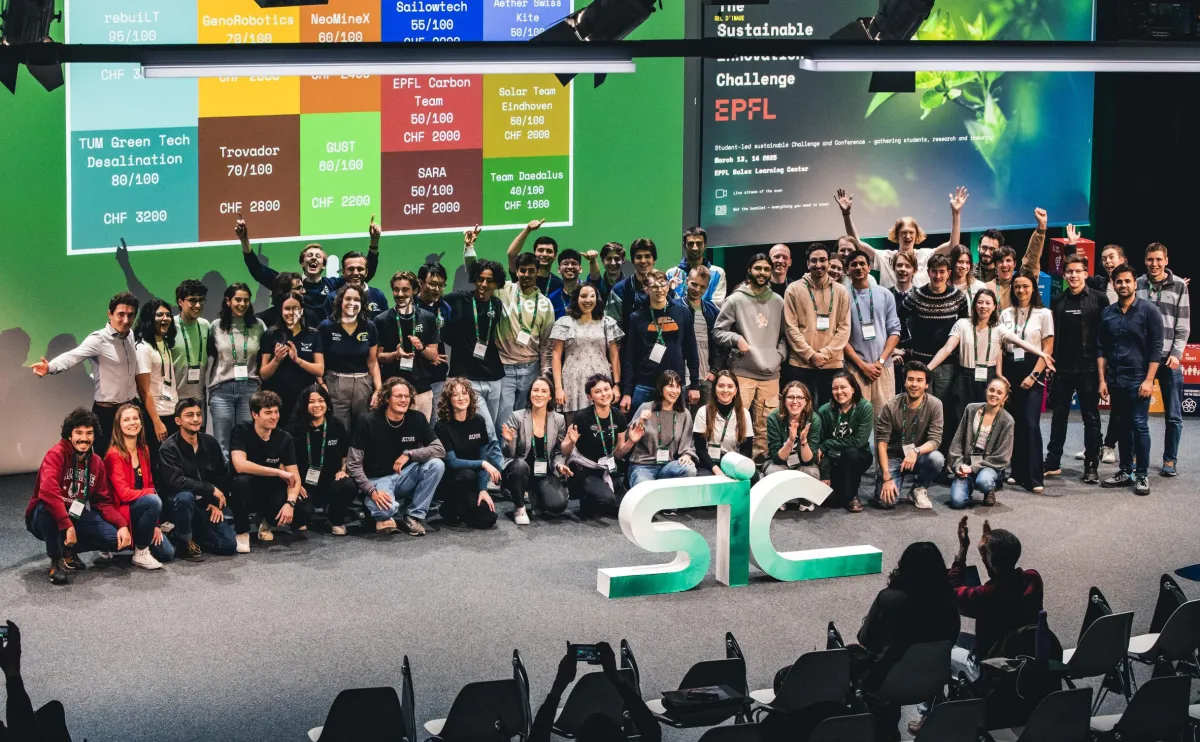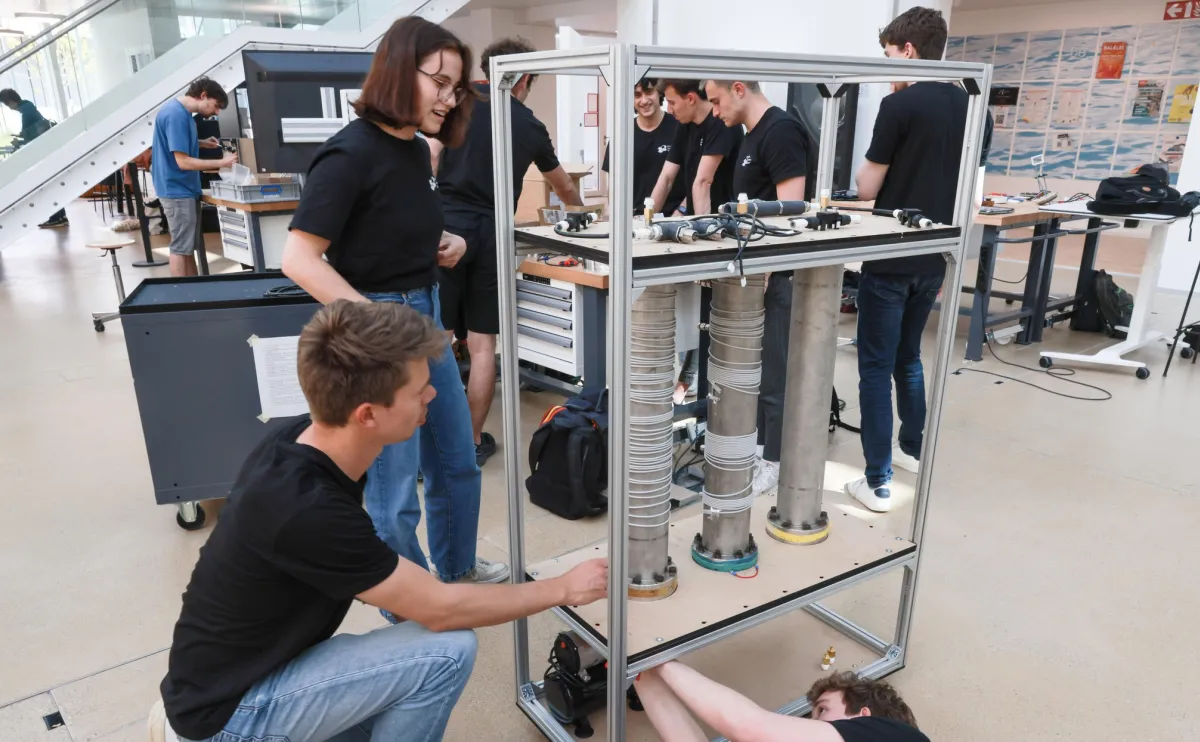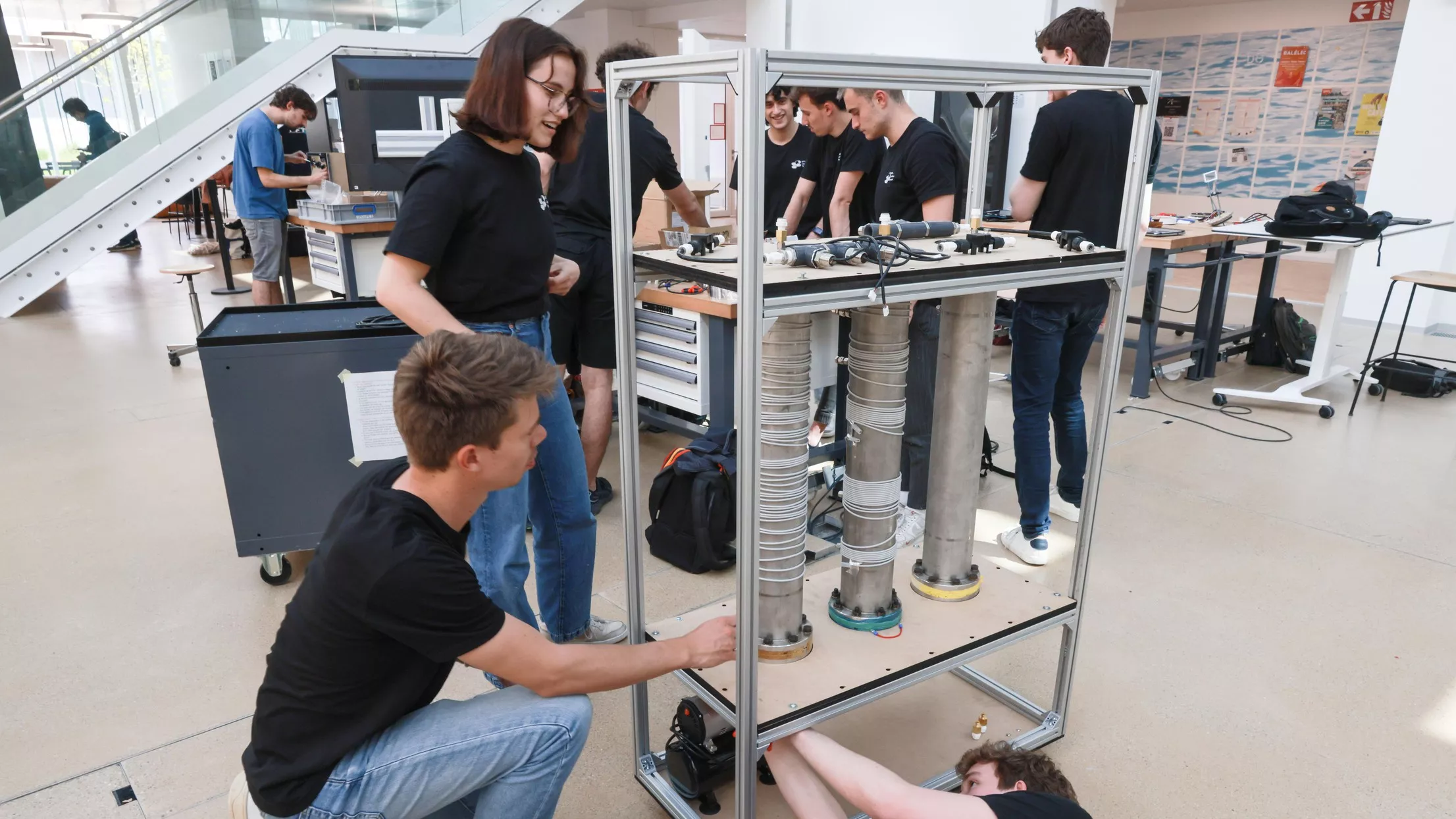
Explore carbon capture technologies
EPFL Carbon Team - Project
Our motivation
Climate science is clear that in order to avoid the worst effects of climate change we need to dramatically reduce carbon dioxide (CO2) emissions as aggressively as possible. It has also become clear that net zero is not enough. We also need negative emissions: going beyond limiting CO2 emissions requires innovation that actually removes and sequesters CO2 that is already in the air and upper layers of the oceans. The world's leading climate scientists estimate that humanity must remove 10 gigatonnes of carbon dioxide per year by 2050 to avoid warming more than 1.5 to 2 ̊(C). If we do nothing, the global average temperature could increase by 6 ̊(C) by the year 2100.
Our Goal
We're a student team supported by several renowned professors and laboratories, and we're trying to develop a new durable, low-cost, scalable solution for Direct-Air-Capture knowing these kind of thecnologies can only be part of the solution. We also aim to realize a systematic analysis to understand where and under which conditions our prototypes can have an impact.
Our objective
We aim is to explore different carbon removal technologies and understand where these technologies can have a measurable impact in our system (society at large). We aim to test some of our prototypes on campus where carbon emissions are concentrated, like the rejected air of the animalery of the SV section.
Join us if you want to take part in this adventure!
